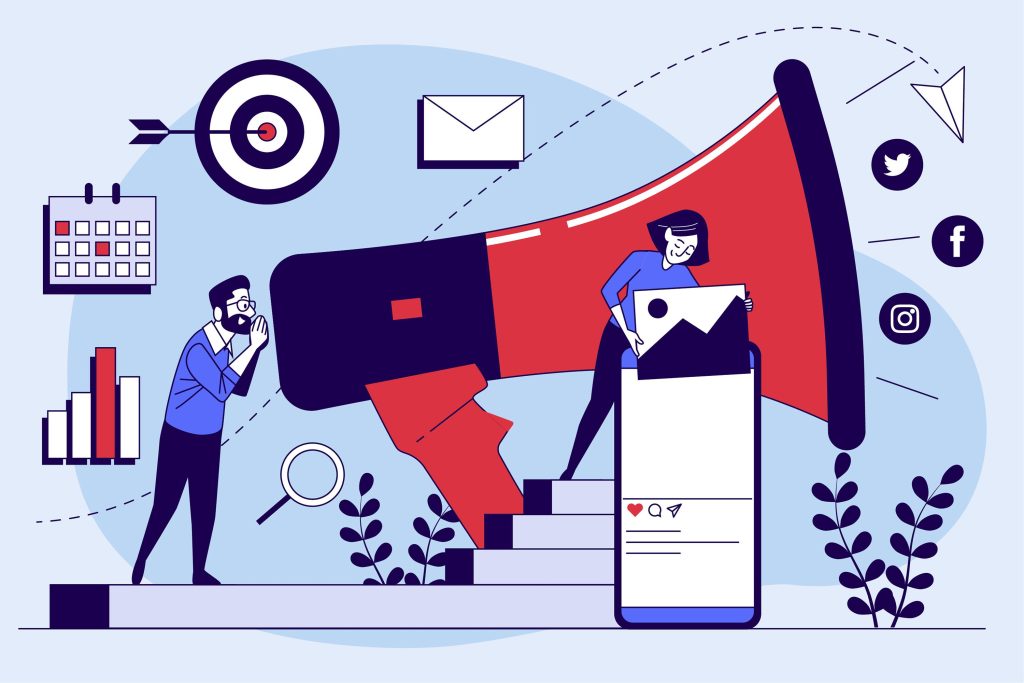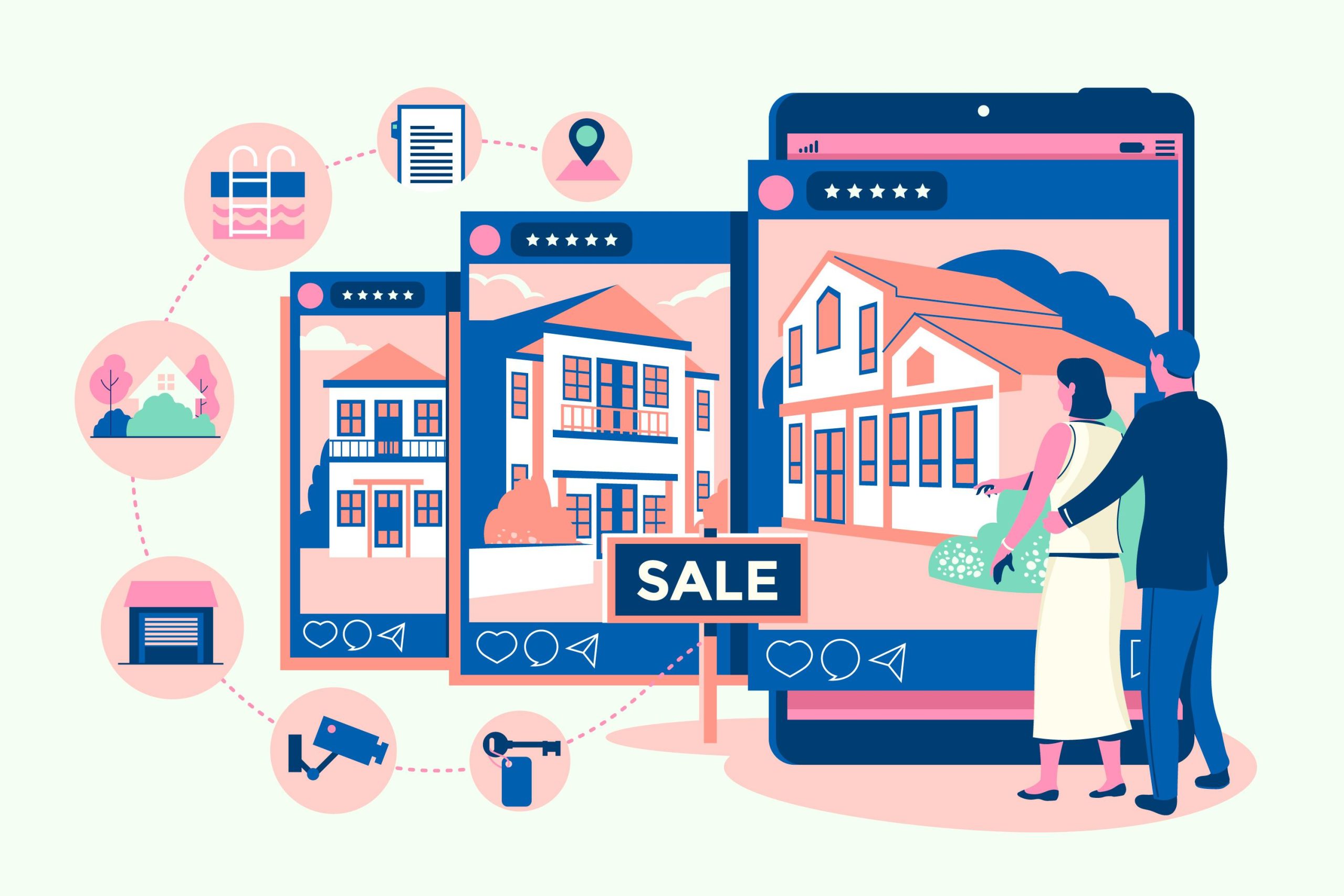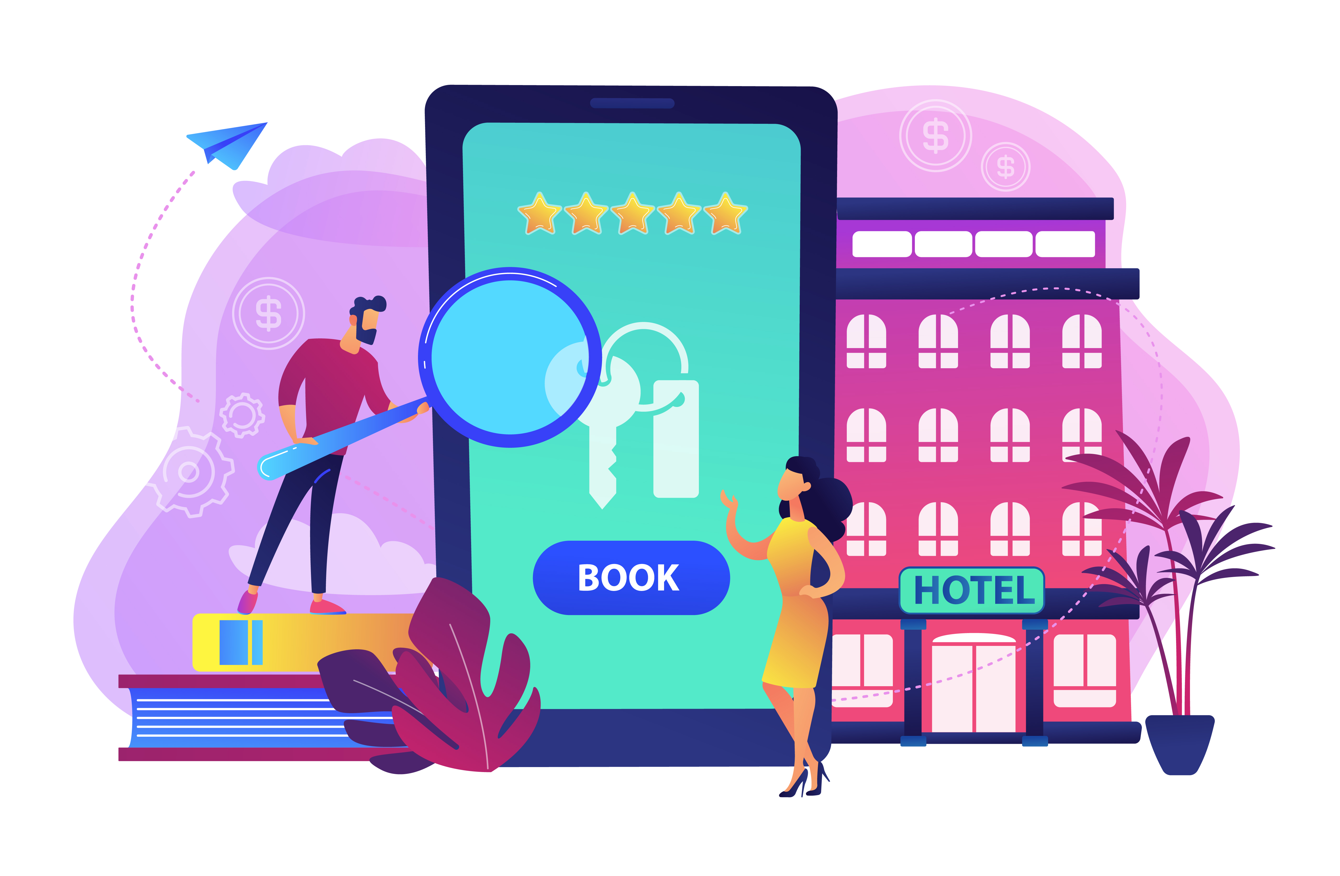
What is Experiential Marketing: Definition, Importance & Strategy
Introduction
Did you know that 91% of buyers feel more positively toward a brand after using their experiential marketing? Over the past few years, Digit Cure has been the standard bearer in the digital marketing world, helping brands create true connections by using brilliant and creative marketing campaigns. In this guide, you will learn about experiential marketing, why it matters, and how to build a successful marketing strategy.
Key Takeaways
- Experiential marketing creates memorable experiences and interactive types of brand engagement that foster a true emotional and physical bond with customers.
- Experiential marketing experiences have engagement rates 4 times higher than other advertising methods, create lasting loyalty, and are worth 84 billion dollars globally and projected to grow at 21% each year through 2028.
- Successful experiential marketing engagements demand thorough Planning, a continued focus on goals, and the experience must be more important to the participants than the experience itself.
- The size of the business does not limit the use of effective experiential marketing strategies, as long as the business has a budget plan.
What is Experiential Marketing?
The Significance of Experiential Marketing [Key Benefits]
- Brand Exposure: Experiential campaigns produce approximately ten times the social media impressions compared to a written post.
- Customer Retention: 74% of customers will be more likely to buy after engaging in branded experiences.
- Lead Generation: Experiential campaigns create quality inquiries that convert at a rate of 85%.
- Viral Potential: Shareable experiences generate user-generated content with participants posting 3-4 times per event
- ROI Statistics: Brands see an average ROI of $4 for every $1 spent on experiential campaigns.
The Experiential Marketing Industry
The global experiential marketing market is valued at $84 billion and has a projected 21% annual growth rate until 2028. Among trends in the industry are an increasing use of augmented reality (AR) and virtual reality (VR) as technologies allow brands to scale experiences unbound by pull activity. Technology has changed the activation landscape through capabilities such as facial recognition, interactive displays, and AI-personalisation. Experiential campaigns have become more compelling with a renewed sense of value to human connection in a post-pandemic world.
Experiential Marketing Strategy Framework:
- Strategic Planning: setting your focus on business objectives such as brand awareness or launching a product.
- Defining Your Audience: Identify psychosocial and demographic features to engage the target audience best.
- Setting Goals and KPIs: Set quantifiable goals such as social media mentions, captured leads, or anything relevant to your business model.
- Budget Parameters: Expect to use roughly 15-25% of your marketing budget on experiential campaigns.
- Timeline and Resources: Think about activities for a minimum of 3-6 months, for major activations.
Forms of Experiential Marketing
What is an example of experiential marketing?
- Event Marketing: Branded lounges at concerts or conferences
- Pop-up Experiences: Short-term retail spaces to provide exhilaration and urgency to consumers.
- Product Demonstrations: Hands-on product testing
- Guerrilla Marketing: The use of non-traditional methods that target the intended audience in their daily surroundings
- Brand Activations: An immersive experience that is part of a campaign in a festival or sporting event
- Digital/ Virtual Experiences: An engagement of VR, AR, or gamification that receives audiences who are not present
- In-store Experiences: The customer engages at the store with active displays and personalization stations
How to Enter Experiential Marketing?
- Required Qualifications: Sample qualifications are project management, creative thinking, budget management, and communication with vendors.
- Here are some position titles: Event Manager, Brand Experience Builder, Event Activation Coordinator, etc.
- The salary range is as follows: Starting at an entry-level position, it is $45,000-60,000; Executive-level directors earn $100,000-150,000.
- The next steps are to look online or in person for certification courses through the Event Marketing Institute and colleges/universities with event management-related career prep programs.
Common mistakes to avoid
- Valuing Style Over Substance: Flashy experiences that do not make a real brand connection will always fail.
- Poor Data Collection: Failure to leverage a great chance to collect attendee data.
- No Follow Up: Not cultivating leads diminishes ROI by 60%.
- Budget Misallocation: Buying too much production and not enough promotion.
- Insufficient Planning: Having to run timelines leads to an execution failure.
Conclusion
The future for brand and consumer relationships is experiential marketing, which creates authentic relationships between brands and consumers that can’t be achieved through traditional marketing methods. Brands can turn casual bystanders into brand advocates using these models and methods outlined in this guide.
FAQs
How much does experiential marketing cost?
What's the difference between experiential marketing and event marketing?
Event marketing is an event or event-like occasion, likely hosting something and celebrating the event. Experiential marketing celebrates the engagement of fun, interactive experiences to promote a fun experience with a participant that engages the participant with the brand.
What measures do you look at to evaluate the campaign's success?
It’s very important to measure the following metrics: lead generation tracking, social media engagement, brand awareness, cost to acquire customers, participant feedback, and sales attribution.
Can small businesses employ experiential marketing?
Certainly! Small enterprises can conduct experiential marketing through inexpensive methods such as local pop-ups, product sampling, interactive social campaigns, or partnering with local events.
What industries benefit most?
The automotive, technology, food and beverage, fashion, and entertainment businesses achieve excellent results relating to their products’ experiential aspects.




